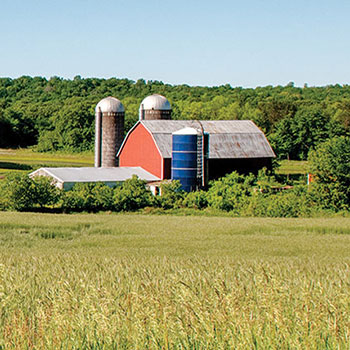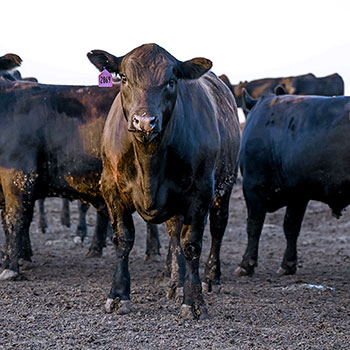
Don’t Waste Fuel
The dependable feed efficiency tool you could be overlooking.
Measuring the amount of starch in cattle manure is essential to keeping track of efficiency and capturing opportunity cost in any operation. Most of the time, efficiency is measured by the feed-to-gain ratio, but seldom is the amount of feed that passes through cattle to the manure measured. Fecal starch is just that — the amount of starch undigested and unused.
“Any starch in manure is literally money wasted,” says Mark Kirk, Rock River Laboratory business development and customer relations manager. “It’s like putting fuel in your truck and pouring out what is left in the tank at the end of the day only to refill it the next day.”
Measuring fecal starch is an inexpensive and easy process, but not the most glamorous task of the day. Most forage labs provide specific, easy-to-follow protocols and specific containers for submitting fecal starch samples for measurement.
“To begin, take 10 to 20 half-cup subsamples per pen, depending on pen size,” explains Kirk. “Gather subsamples from a good distribution of the freshest piles, and be careful not to scrape the ground when sampling.”
Put all of the pen’s subsamples into a bucket and mix well, then fill the pre-labeled manure container to the “fill to” line.
Kirk shares a note of caution, “use lab-supplied sample submission containers. Do not use forage sample bags or Ziploc® bags to submit manure samples. In these bags, the manure sample just becomes a manure bomb.”
He reinforces making sure the container is sealed tightly. Some people even put duct tape around the lid as an extra precaution, he says. Mail or deliver the clearly labeled containers and submission forms to the laboratory of choice as soon as possible. Avoid placing samples in the direct sunlight or a hot vehicle for any extended period of time as, again, these can become very messy.
The beef fecal starch analysis results provide dry-matter (DM) percentage, crude protein (CP) percentage, and starch as a percentage of the dry matter. At Rock River Laboratory, for example, the report then calculates an apparent total tract starch digestion (TTSD) based on a research-backed equation1.
Based on four years of data, Rock River Laboratory has realized the goal, median and minimum recommendations for fecal starch percentage of DM and percentage of TTSD. The recommended goal is based on the top 85th percentile and the minimum is the bottom 15th percentile, explains Kirk. Those recommendations include:
- Goal: 2.9% fecal starch and 97.7% TTSD
- Median: 7.5% fecal starch and 95.2% TTSD
- Minimum: 18.4% fecal starch and 87.0% TTSD
“For an animal with a 20-pound dry matter intake of a ration made up of 45% starch, every three-unit change in fecal starch corresponds to about 1.5 units different TTSD,” says Kirk. “This boils down to about a half-pound of undigested corn grain per head per day for every three-unit difference in TTSD.”
A decrease in TTSD from 95% to just 92% in 1,000 head of cattle is equivalent to 500 pounds (lb.) corn wasted each day. Kirk goes on to share that this represents an opportunity cost of more than $13,000 per year.
There are several ways to improve TTSD. Kirk advises, “for those feeding corn grain, make sure you have adequate grind particle size. The finer the grind, the higher the ruminal digestibility and therefore the greater TTSD.”
Considering other starch sources is another way more complete digestion can be realized.
“Steam-flaked corn, wheat and barley each have less density than dry ground corn and hang in the rumen longer, allowing for greater utilization by the animal,” states Kirk.
Another option he recommends is to feed fermented starch sources like high-moisture corn or corn silage.
Keeping track of fecal starch is a good way make sure you are capturing all the potential out of your beef rations. It is often overlooked as an easy way to measure the efficiency of the diet and a great investment with potential big returns. Work with your nutritionist or laboratory of choice to learn more about measuring fecal starch for improved efficiency in your feeding program.
Editor’s note: This article is from River Rock Laboratory Inc.
- 1Zinn et al. Starch digestion by feedlot cattle: Predictions from analysis of feed and fecal starch and nitrogen. J. Anim. Sci. 2007; 85:1727-1730.




